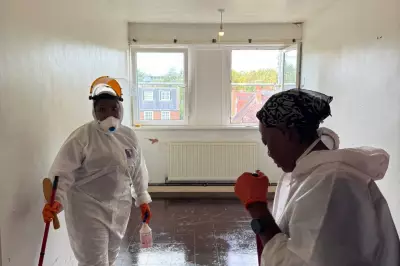
The once-unquestioned public support for junior doctors is crumbling as their relentless strike action coincides with unprecedented NHS waiting lists, leaving patients increasingly frustrated.
New analysis reveals the British Medical Association (BMA) has presided over 40 days of strikes in the past year alone - more than any other healthcare union - while NHS England reports 7.6 million patients languishing on treatment waiting lists.
The Collapse of Medical Goodwill
Senior healthcare leaders express alarm at how quickly the traditionally revered profession has squandered public sympathy. "Doctors enjoyed near-saintly status after COVID," notes one NHS trust chairman. "Now we're fielding complaints from cancer patients whose surgeries keep getting postponed."
Strike Fallout by Numbers
- 1,000,000+ appointments cancelled since strikes began
- £1 billion estimated cost to NHS
- 72% of public oppose further strikes (YouGov)
- 45% drop in positive sentiment toward junior doctors (Ipsos)
With consultants now threatening to join the walkouts, health secretary Steve Barclay warns of "irreparable damage" to both patient care and the medical profession's standing.
A Profession at Crossroads
The BMA maintains its 35% pay rise demand is essential to reverse years of real-terms cuts. However, Treasury insiders confirm no new money will be allocated, meaning any settlement must come from existing NHS budgets already stretched to breaking point.
As the deadlock continues, some junior doctors privately express unease about their union's strategy. "We didn't train for years to become political activists," confides one London registrar. "Every cancelled clinic makes it harder to justify our position."





